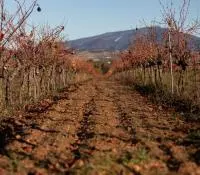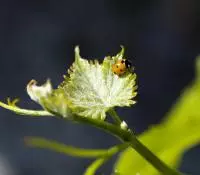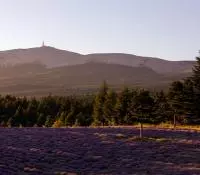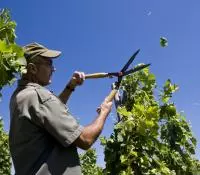- Respect the terroirs and preserve resources
Management of fallow land
After a vineyard is grubbed up, it is recommended that the land be left fallow, wild or planted, so that it can regenerate. This period of rest allows the soil to restructure.
Also known as Ecological Reservoir Zones, these are lands that are free of any treatments or fertilisers. They help to maintain biodiversity, absorb water and slow down soil erosion, particularly that caused by the wind. They can take various forms: isolated trees, hedgerows or copses, embankments and vegetated headlands (tractor turning areas), partial or total grassing of the vineyard. They are an integral part of the High Environmental Value certification.

Contents
Allowing the land to rest and regenerate – that sounds good…
When a sowing is planned, this will be selected according to several criteria: its aesthetics, its healing qualities in order to curb vine diseases, its resistance to the Mediterranean climate and its capacity to adapt to rustic terrains.
More and more winemakers are opting for flower-covered fallow land.
In addition to proper soil preparation, this means carefully selecting the seed mix and avoiding exotic plants that could have a negative impact on biodiversity.
When it comes to creating permanent fallow land, perennials known for their abundant flowering are recommended.


